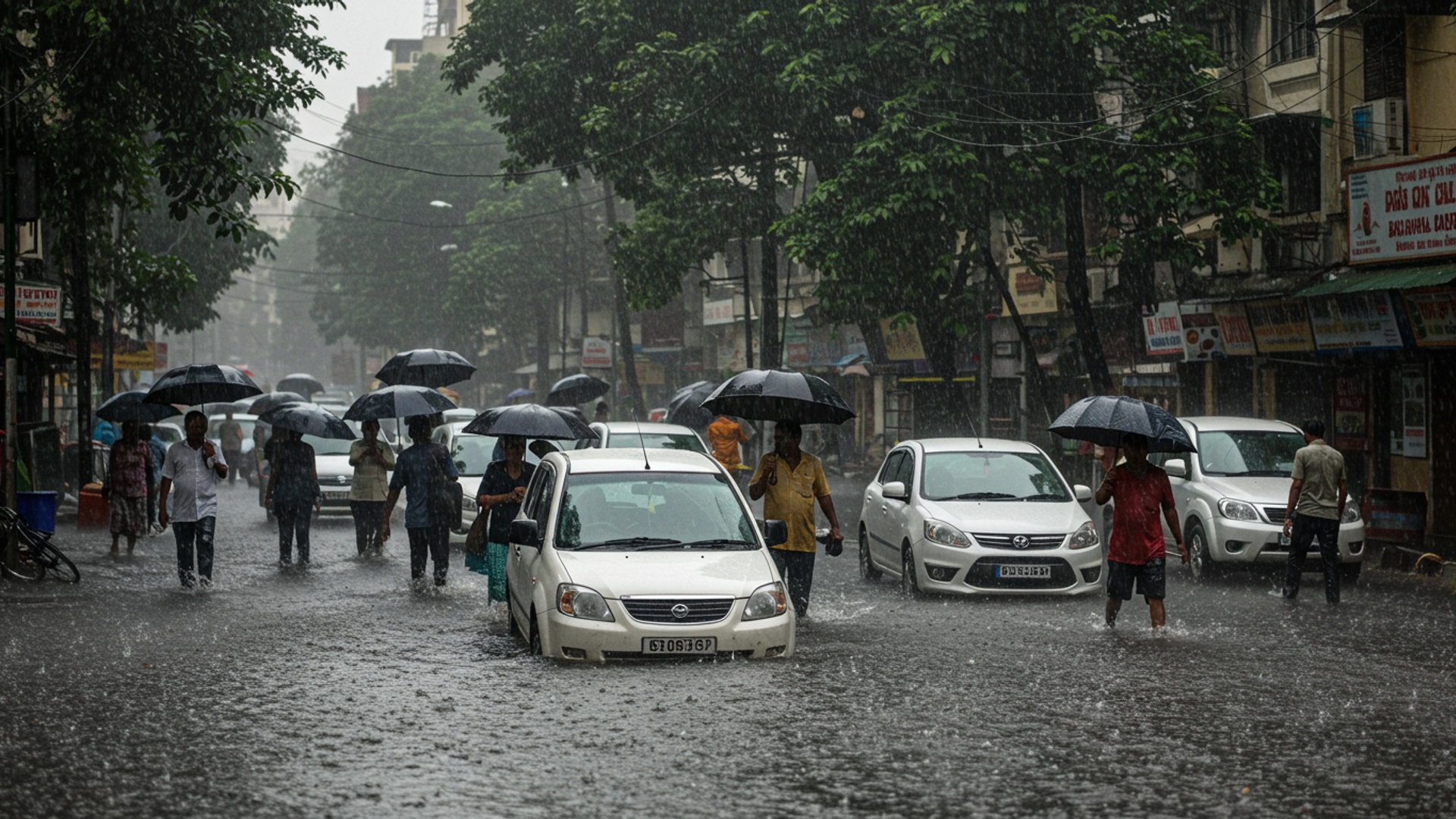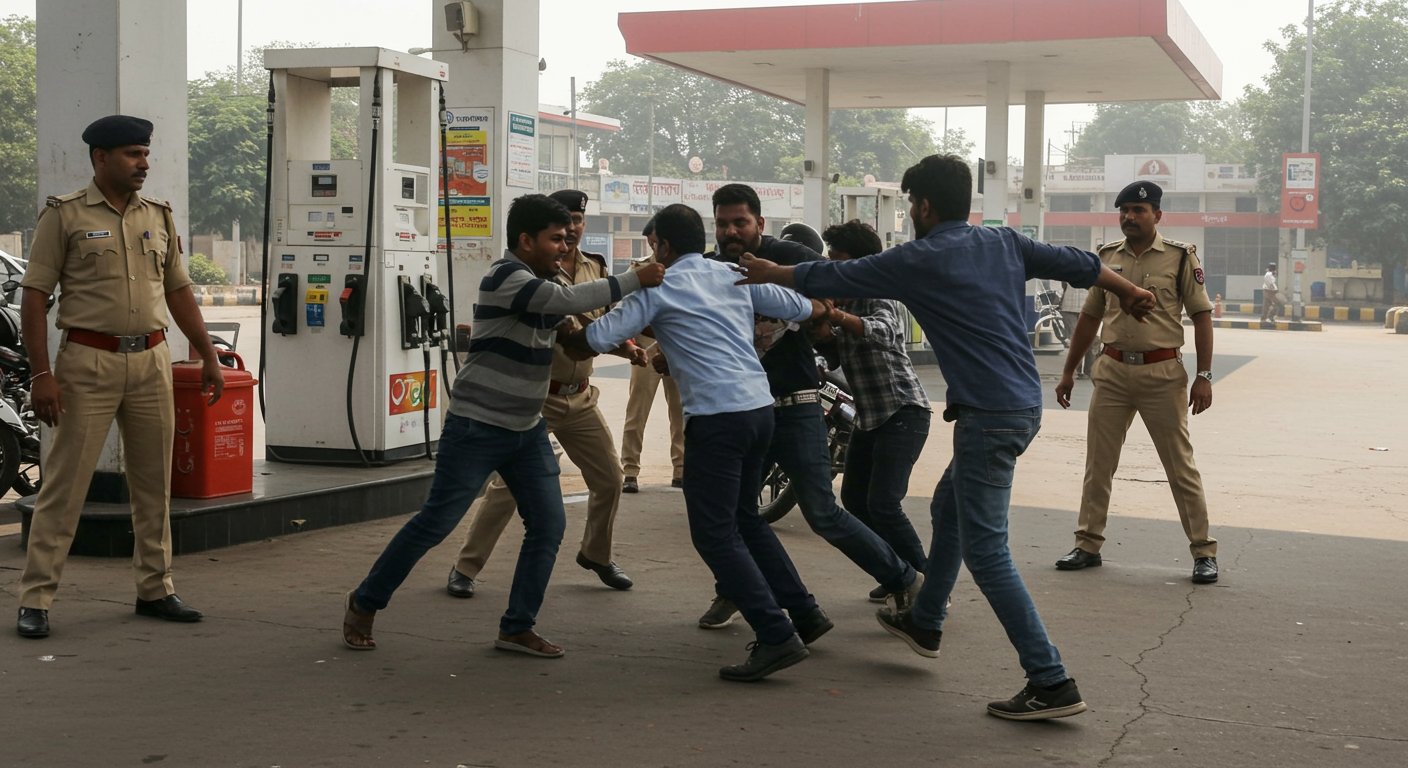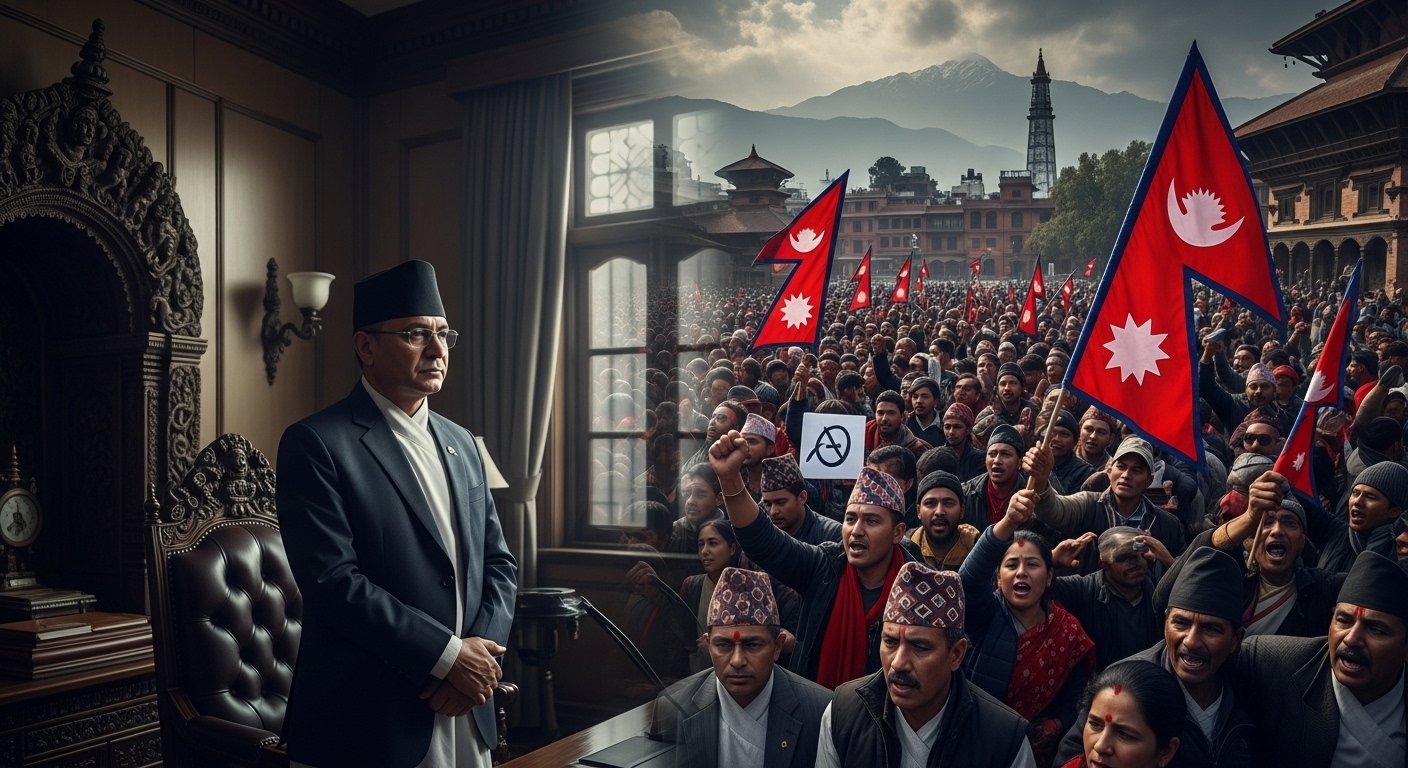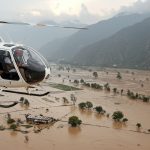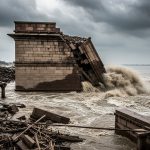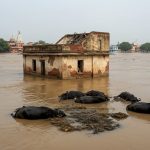Monsoon fury relentlessly pounds Mumbai and parts of Maharashtra, unleashing a devastating deluge that has tragically claimed multiple lives and plunged vast areas into chaos. Heavy, continuous rains have turned city streets into swirling rivers, submerging homes and bringing normal life to a complete stop across the bustling city and surrounding districts. Thousands remain trapped as emergency teams battle rising waters, working tirelessly to pull people from flooded areas. This current spell of extreme rainfall, a yearly event for India but unusually fierce this time, has pushed the region’s systems past their breaking point, causing deep worries about the safety of people and more damage. With forecasts predicting even more heavy rain, the immediate outlook remains grim, demanding urgent help and constant watch.
Heavy Rains Cause Widespread Damage
Mumbai and several parts of Maharashtra have been severely affected by relentless monsoon rains over the past 72 hours, leading to widespread disruption and tragic loss of life. The intense downpour has submerged low-lying areas, brought transport networks to a standstill. caused various rain-related incidents across the region. Local authorities have reported multiple fatalities, with rescue and relief operations intensifying as water levels remain high in many areas. The heavy rainfall began on Thursday night, quickly escalating through Friday and Saturday, catching many residents unprepared for the sheer volume of water. Several areas, including Thane, Palghar, Raigad. Ratnagiri, have also reported significant waterlogging and damage, highlighting the extensive reach of the monsoon’s impact across the state. The regional weather office had issued warnings for heavy to very heavy rainfall, which proved accurate as the storm gained strength.
In Mumbai, the city’s vital suburban train services, often called the lifeline of the city, faced severe delays and cancellations, especially on the Western and Central lines. Major roads and underpasses were inundated, making commuting nearly impossible and forcing many offices and businesses to close early or remain shut. Schools and colleges across Mumbai and neighboring districts announced closures to ensure the safety of students and staff. The continuous rain has led to an increase in water levels in several reservoirs that supply drinking water to Mumbai, which, while beneficial in the long term, currently poses immediate challenges due to overflow risks and localized flooding.
Lives Lost and Rescue Efforts
The human toll of the monsoon fury is significant, with official reports confirming several deaths across Mumbai and other parts of Maharashtra. The causes of death vary, including drownings, electrocutions from live wires in submerged areas. wall collapses due to softened earth. One of the most tragic incidents occurred in a slum area in Kurla, Mumbai, where a wall collapsed onto nearby shanties, trapping several residents. Emergency services, including the National Disaster Response Force (NDRF), local police. fire brigade, were immediately dispatched to the site for rescue operations. These teams worked tirelessly through the night, battling strong currents and heavy rain to extract individuals from the debris. Several injured people were moved to nearby hospitals for urgent medical attention.
“Our teams are on the ground, actively involved in search and rescue operations,” stated a spokesperson from the National Disaster Response Force. “We have deployed additional personnel and equipment to the most affected areas, focusing on evacuating stranded citizens and clearing blocked routes. The safety of the public is our utmost priority. we urge everyone to cooperate with rescue personnel.”
Another incident in the Palghar district saw a family swept away by a sudden surge in a local river. While some members were rescued by villagers, others were reported missing, prompting extensive search operations downstream. Electrocution incidents have also been reported in areas like Sion and Andheri, where water accumulation mixed with faulty wiring created dangerous conditions. Local power distribution companies have advised residents to exercise extreme caution and to report any instances of exposed wires or waterlogged electrical equipment immediately. Authorities are compiling a full list of those affected and the extent of damage to property.
Impact on Daily Life and Transport
The relentless rainfall has brought Mumbai and its surrounding areas to a near halt. Public transport, the backbone of the city, has been severely disrupted. Suburban train services, which carry millions of commuters daily, faced unprecedented delays. Many trains were stuck on tracks, requiring passengers to evacuate and walk to safer ground. Bus services operated by the Brihanmumbai Electric Supply and Transport (BEST) undertaking were diverted or suspended on many routes due to waterlogging, especially in areas like Hindmata, King’s Circle. Gandhi Market. Taxis and auto-rickshaws were scarce. those available charged higher fares, adding to the commuter’s woes.
Road traffic was heavily impacted, with major arterial roads turning into virtual rivers. The Mumbai-Ahmedabad Highway and the Eastern Express Highway experienced significant traffic jams due to waterlogging and poor visibility. Many vehicles broke down in the standing water, further exacerbating the congestion. The Mumbai Airport also reported delays and diversions for several flights due to low visibility and strong winds, impacting air travel schedules for thousands of passengers. Essential services, while prioritized, also faced challenges in reaching their destinations on time.
| Affected Area | Primary Impact | Status (as of Friday evening) |
|---|---|---|
| Central Railway Lines | Train delays, cancellations | Limited services, major delays |
| Western Railway Lines | Train delays, waterlogging | Slow movement, some sections suspended |
| Hindmata, King’s Circle (Mumbai) | Severe waterlogging | Roads impassable for light vehicles |
| Palghar District | River overflowing, rural area flooding | Rescue operations ongoing |
| Parts of Raigad, Ratnagiri | Landslides, isolated areas | Connectivity issues reported |
Official Statements and Public Advisories
Government officials and weather authorities have issued continuous advisories to the public, urging caution and cooperation. The India Meteorological Department (IMD) has forecast heavy to very heavy rainfall for the next 24 to 48 hours in parts of coastal Maharashtra, including Mumbai. The IMD has advised fishermen not to venture into the sea due to rough conditions and strong winds. Disaster management units in all districts have been activated, with control rooms operating round the clock to monitor the situation and respond to emergencies.
“We appeal to all citizens to stay indoors unless absolutely necessary,” urged the Chief Minister of Maharashtra in a public statement. “Do not venture into waterlogged areas, avoid standing under trees or dilapidated structures. refrain from touching electrical poles or wires. We are deploying all available resources to manage this situation and provide assistance to those affected. Our thoughts are with the families who have lost loved ones in this natural calamity.”
Local municipal corporations have also activated their emergency response teams, focusing on de-watering operations in critical areas, clearing choked drains. providing temporary shelters for evacuated residents. The BMC (Brihanmumbai Municipal Corporation) has asked residents to store sufficient drinking water and essential supplies, as movement might remain restricted for some time. Social media platforms are being actively used by authorities to disseminate real-time updates and emergency contact numbers, encouraging citizens to follow official channels for accurate insights.
Preventive Measures and Safety Warnings
In response to the severe weather conditions, authorities have stressed the importance of taking preventive measures. Citizens are advised to:
- Avoid traveling unless it is an emergency.
- Stay away from coastal areas and riverbanks due to strong currents and high tides.
- Not touch any open wires or electrical installations, especially in waterlogged areas.
- Keep emergency kits ready, including medicines, dry food. first aid.
- Charge mobile phones and power banks as power outages are possible.
- Follow instructions from local authorities and emergency services.
- Report any incidents of wall collapse, tree fall, or waterlogging to the emergency control room.
These measures are crucial for ensuring personal safety during periods of intense rainfall and related hazards. The government is also working on long-term solutions for urban flooding. immediate safety remains the primary concern during such extreme weather events.
Historical Context of Monsoon Challenges
Mumbai and other parts of Maharashtra have a history of facing severe challenges during the annual monsoon season, which typically runs from June to September. The city’s unique geography, with its low-lying areas and a drainage system that often struggles to cope with extremely heavy rainfall, makes it vulnerable to urban flooding. Past monsoon seasons have seen similar disruptions and tragedies, prompting ongoing discussions and efforts to upgrade infrastructure, improve drainage. enhance early warning systems. While some progress has been made, the intensity of recent downpours often overwhelms existing systems. The rapid urbanization and increase in concrete surfaces also reduce the natural absorption of rainwater, contributing to faster water accumulation on roads and in public spaces. Understanding this historical context helps in appreciating the recurring nature of these challenges and the continuous efforts required to mitigate their impact on the population.
![]()

